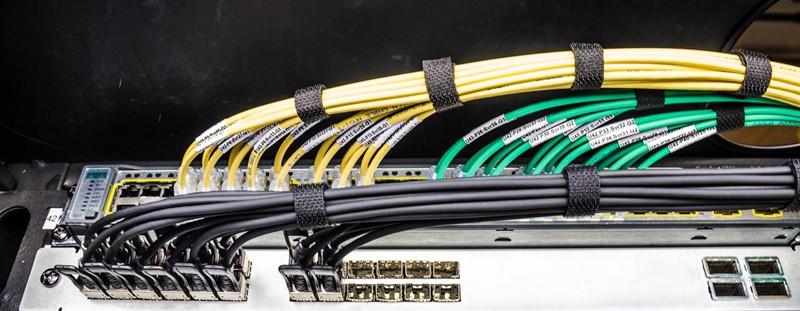- Related articles
- Applicable to 10GBASE-LRL Standard Optical Transceiver Models
- The Things You Need to Know about 1000BASE-CX Ethernet Standards
- All Cisco SFP-OC12-IR1's information (List price, Specs, Datasheet PDF, Compatibility matr
- Optimizing Virtual Infrastructures by Using Multiport Network Card
- All Cisco GLC-ZX-SM-RGD ’s Information (Overview, Features, Data Sheet PDF, Price, Specif
- What is PCI Express 1.0 2.0 and 3.0?
- All Cisco SFP-GE-S's information (List price, Specs, Datasheet PDF, Compatibility matrix)
- Optical Transceivers for Cisco N2K-C2232PF Switch
- What is small form factor pluggable?
- All Cisco CWDM-SFP-1610's information (List price, Specs, Datasheet PDF, Compatibility mat

10G SFP+ high speed cable and optical module is the common assemblies for the data center Top over Rack cabling, that is used to connect small-size access switch and server. 10G SFP+ high speed cable is a low-cost solution for replacing optical modules, and used for achieving the short-distance high speed interconnection, which has the features of low power consumption and low latency. However, some considerations should be noted when deploying SFP+ high speed cable in the data center. This article will introduce them to you.
Do not exceed the bending radius of the SFP + high speed cable
The weight of the large beam of high-speed cables can cause the cable to bend and cause pressure to the connector on the active device. If the high-speed cable is bent a lot, it will cause excessive mechanical stress to be transferred to the connector in the device, damage the circuit board of the device. In addition, a large degree of cable bending can also cause high-speed cable connector can not interface with the device to form a great docking. In short, the mechanical stress caused by excessive bending radius will reduce the performance of high-speed cable or even damage the equipment. So we will try our best to eliminate the mechanical stress on the cable as much as possible. Different American Wire Gauge (AWG) have different bending radius, the following table introduced several different bending radius of SFP + high speed cables with several different AWG values:
|
AWG |
Bending Radius |
|
24 |
38mm |
|
26 |
33mm |
|
28 |
25mm |
|
30 |
23mm |
Calculating the length of the SFP + high speed cable

Using cable management tool to support SFP + high speed cable

Summary





































































